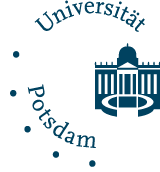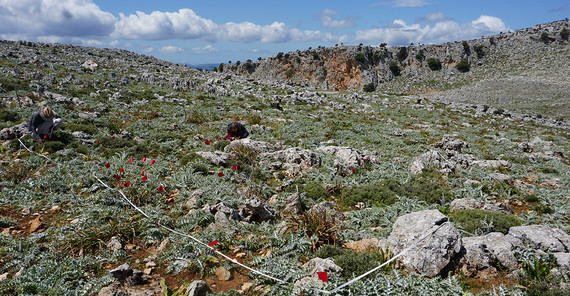Over 200 scientists from the research collaboration DarkDivNet, among them scientists from the Institute of Biochemistry and Biology at the University of Potsdam, studied plants at nearly 5500 sites in 119 regions around the world. At each site, local researchers recorded all plant species and identified the dark diversity – native species that could live there but were absent. This allowed them to understand the full potential of plant diversity at each site and measure how much of the potential diversity was actually present. This way of measuring biodiversity revealed the hidden impact of human activities on natural vegetation. “So far, ecological studies have focused on analyzing species that occur at a site. However, shifting the perspective and asking which species are missing and why enables a deeper understanding of the processes that cause the current biodiversity loss,” says Dr. Kolja Bergholz from the Plant Ecology and Nature Conservation Group, who is co-author of the study.
In regions with low population density and little land use change, ecosystems typically contain over a third of potentially suitable species, with other species remaining absent mainly due to natural reasons, such as limited dispersal. By contrast, in regions heavily impacted by human activities, ecosystems contain only one out of five suitable species. Traditional biodiversity measurements did not detect this impact because natural variation in biodiversity across regions and ecosystems hid the true extent of human impact. Kolja Bergholz reports: “For the study, we collected data in two very different study regions: in Uckermark in Brandenburg and on the island of Rhodes in Greece. The comparison was very exciting for us, as it revealed patterns that we would not have expected.” The fact that the Mediterranean flora is far richer in species compared to an intensively used landscape in Central Europe was clear to the researchers in advance. However, it also turned out that the species on Rhodes are very homogeneously distributed in the landscape and therefore the dark diversity is lower than in Brandenburg.
Prof. Meelis Pärtel, lead author of the study summarises, “Human disturbances have a much wider impact than previously thought, even reaching nature reserves. We also found that the negative influence of human activity was less pronounced when at least one-third of the surrounding region remained pristine, supporting the global target to protect 30 percent of the land.”
The DarkDivNet collaboration started in 2018, based on an idea by Prof. Pärtel and colleagues. He recalls, “We had introduced the dark diversity theory and developed methods to study it, but to make global comparisons we needed consistent sampling in many regions. It felt like an impossible mission, but many colleagues from different continents joined us.” The concept of dark diversity provides a practical tool for conservationists to identify absent suitable species and track progress in restoring ecosystems.
Link to Publication: Pärtel, M., R. Tamme, C. P. Carmona, et al. (2025). “Global impoverishment of natural vegetation revealed by dark diversity”, Nature, https://www.nature.com/articles/s41586-025-08814-5
Photos:
Image 1: Field studies in Rhodos. Photo: Merlin Schäfer.
Image 2: Field studies in the Uckermark. Photo: Lina Weiss.
Contact:
Dr. Kolja Bergholz
Phone: +49 331 977 256231
E-Mail: bergholzuuni-potsdampde
Media Information 03-04-2025 / Nr. 032


